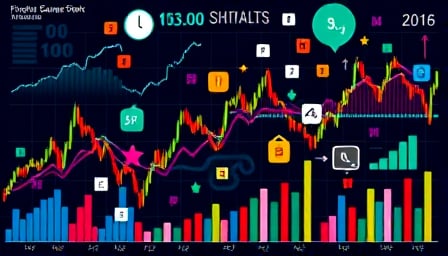Textron’s Financial Performance Under the Microscope
As the industrial landscape continues to evolve, Textron, a stalwart conglomerate, has found itself at the center of attention. The company’s stock price has been on a wild ride over the past year, leaving investors and analysts alike wondering what’s behind the fluctuations.
The numbers tell a story of volatility. Textron’s 52-week high of $91.3 USD, reached on October 20, 2024, was a testament to the company’s potential for growth. However, the 52-week low of $57.7 USD, achieved on April 6, 2025, served as a stark reminder of the challenges it faces. The current price of $80.16 USD reflects a complex interplay of factors, including a price-to-earnings ratio of 18.53 and a price-to-book ratio of 1.96.
These technical metrics provide a snapshot of Textron’s valuation, but they only scratch the surface. To truly understand the company’s financial performance, it’s essential to consider the broader context. What are the key drivers of Textron’s growth? Are there any underlying issues that could impact its future prospects?
To answer these questions, let’s take a closer look at the company’s financials. Here are some key statistics to consider:
- Revenue growth: 5.2% year-over-year
- Net income: $1.4 billion
- Operating cash flow: $2.1 billion
- Debt-to-equity ratio: 0.55
While these numbers provide a glimpse into Textron’s financial health, they don’t tell the whole story. The company’s performance is influenced by a range of factors, including market trends, competition, and regulatory changes. To truly understand Textron’s financial performance, it’s essential to stay informed about these developments and their potential impact on the company’s future prospects.




